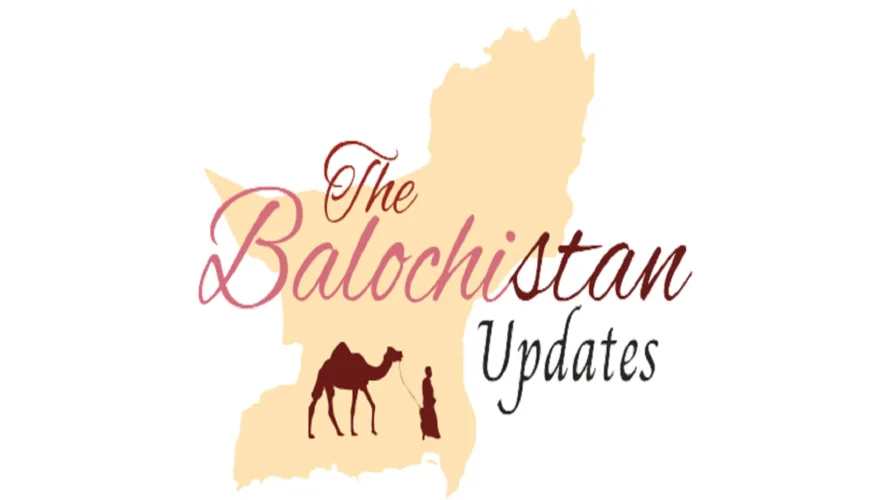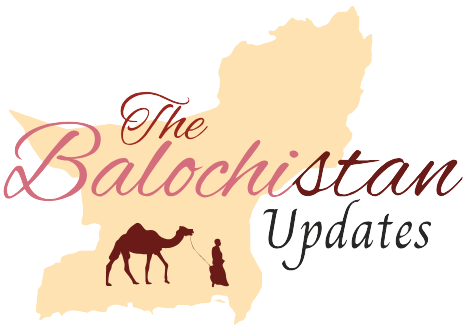
Challenges Facing Traditional Print Media in the Digital Age
In Balochistan, as well as in many parts of Pakistan and the world, traditional print media is grappling with significant challenges to its relevance and importance in the digital age. The factors contributing to Print vs Pixels and media literacy are multifaceted, and it is crucial to understand why readers are turning away from newspapers in favor of social media, despite the latter’s well-documented pitfalls of misinformation and fake news.
The Digital Transformation of News Consumption
The rise of the internet and the widespread availability of smartphones have transformed how people access information. With the expansion of 4G and now 5G networks, accessing news on mobile devices has become faster and more convenient than ever. Social media platforms offer real-time updates, personalized content, and a user-friendly interface, making them an attractive alternative to traditional newspapers. The ease of access to digital news has led to a gradual shift away from print.
Economic Considerations and Environmental Awareness
In a cost-conscious society, the purchase of newspapers can be seen as an unnecessary expense. Moreover, growing environmental awareness has prompted individuals to reduce their consumption of paper products. Digital media is perceived as a more eco-friendly alternative, aligning with the values of sustainability and frugality.
Challenges to Credibility and Quality
Some argue that the quality of journalism in print media has been eroding over time. Sensationalism, editorial biases, and a focus on entertainment rather than in-depth reporting have all contributed to a decline in credibility. As a result, readers are increasingly seeking alternative sources of news that they perceive as more reliable and balanced.
The Allure and Dangers of Social Media
Social media’s allure lies in its immediacy and interactivity. It enables citizens to become content creators and participate in the news-sharing process. However, this democratization of information has also led to the rapid spread of misinformation, fake news, and echo chambers where individuals are exposed to limited perspectives. Despite these dangers, the sensationalism and emotional appeal of social media often overshadow its negative aspects.

The Need for Media Literacy
The ability to critically evaluate information sources is vital in the digital age. Unfortunately, not everyone possesses the necessary media literacy skills to discern reliable news from disinformation. Misinformation often spreads unchecked due to the lack of digital literacy, making it difficult for individuals to trust any news source.
Changing Reader Preferences and Generational Shifts
Younger generations, in particular, have grown up in a digital world where social media is the primary source of information and communication. They may perceive newspapers as archaic and less engaging. Their preference for short, visually appealing content on social media platforms has reshaped the way information is consumed and shared.

Adaptation and Media Literacy as Solutions
To address this complex issue, it is essential for both print media and society at large to adapt and evolve. Print media outlets should focus on delivering high-quality, investigative journalism that is relevant to modern readers. Additionally, media literacy programs should be integrated into educational curricula to equip individuals with the skills needed to navigate the digital landscape critically.
The Enduring Importance of Print Media
The decline of print media journalism in Pakistan is a multifaceted issue driven by technological advancements, changing demographics, and evolving reader preferences. While social media offers many advantages, its susceptibility to misinformation and fake news poses significant challenges. Striking a balance between the convenience of digital media and the reliability of traditional journalism is vital to ensure an informed and responsible citizenry.
Preserving the Legacy of Print Media
In an era of digital world communication, information is power; newspapers remain an indispensable source of knowledge and enlightenment. The enduring importance of newspapers in the current digital age cannot be exaggerated. They serve as bulwarks against the tide of misinformation and as promoters of critical thinking and mental well-being.
As we navigate the ever-evolving media landscape, it is crucial to recognize the unique values that print media offers and to encourage its consumption, especially among the younger generation. In doing so, we not only safeguard the integrity of our information ecosystem but also nurture the intellectual and emotional well-being of generations to come. So, let us turn the pages of newspapers and magazines with renewed appreciation, recognizing them as beacons of truth and solace in a digital sea of noise.

